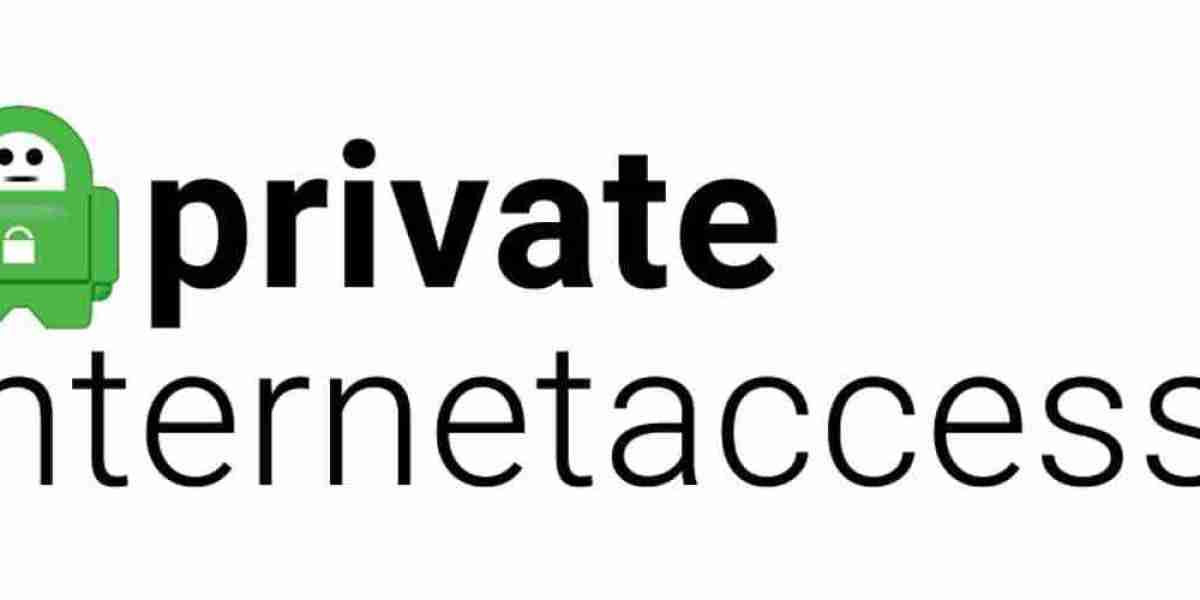For families relying on in-home medical care, one common concern is, “What happens if there’s an emergency during a home visit?” Home healthcare workers are trained to provide not just routine care but also to act swiftly and effectively in the event of a medical or safety emergency. Whether the situation involves a fall, a sudden Home Healthcare(الرعاية الصحية المنزلية) crisis, or another urgent issue, clear protocols are in place to protect the patient and ensure immediate help is provided.
Emergency Preparedness in Home Healthcare:
Home healthcare professionals are trained extensively in emergency preparedness as part of their certification and onboarding. Agencies equip their staff with tools and training to identify warning signs and take appropriate actions. Emergency preparedness typically includes:
CPR and first aid certification
Training in recognizing stroke, cardiac, and respiratory symptoms
Emergency communication protocols with family, physicians, and 911
Knowledge of the patient’s medical history and medication needs
Evacuation plans or backup power strategies for patients on life-sustaining equipment
Before care begins, agencies often create an emergency response plan tailored to the patient’s specific condition and home environment.
Immediate Steps Taken During an Emergency:
When an emergency strikes during a home healthcare visit, providers must act quickly and decisively. The exact response may vary depending on the nature of the crisis, but the steps usually include:
Stabilizing the patient if possible, using first aid or medical intervention
Calling 911 or local emergency services without delay
Notifying the home healthcare agency supervisor or medical director
Contacting family members or legal guardians to inform them of the situation
Providing EMS with essential information, including medical history, medications, and the nature of the incident
Home healthcare providers are trained to stay calm under pressure and follow a clear chain of command to ensure seamless emergency response.
Communication and Documentation Protocols:
After the initial emergency response, accurate communication and documentation become crucial. Healthcare agencies are required to maintain detailed records of all incidents and share appropriate updates with care teams and families. This part of the process includes:
Filing an incident report outlining what occurred, when, and how it was managed
Updating the patient’s care plan to reflect new medical needs or safety precautions
Conducting a debrief with the care team to assess if additional training or protocols are needed
Reporting to regulatory bodies if the emergency involves serious injury, hospitalization, or legal concerns
Following up with the patient and family to coordinate ongoing care and address any emotional impact
This ensures transparency, compliance with legal standards, and continuous improvement in care quality.
Preventive Measures to Reduce Risk:
While it’s essential to know what happens if there’s an emergency during a Homecare Treatments(علاجات الرعاية المنزلية) visit, it’s equally important to focus on prevention. Agencies and families work together to create a safe home environment and minimize risks. Common preventive strategies include:
Conducting a home safety assessment before care begins
Installing grab bars, non-slip mats, and medical alert systems
Ensuring medication schedules are followed and monitored
Encouraging mobility aids like walkers or canes where needed
Keeping emergency contact numbers and instructions clearly visible
By anticipating potential issues and making small adjustments, the chances of an in-home emergency can be significantly reduced.
What Families Should Know and Prepare For?
Families play a vital role in emergency readiness during home visits. Understanding agency protocols and participating in planning can make all the difference in urgent situations. Here’s how families can stay proactive:
Review the emergency response plan with the home healthcare provider
Know the caregiver’s scope of practice and when to expect escalation to EMS
Ensure the home address is easy to locate for emergency responders
Keep an updated list of medications, allergies, and medical history in a visible location
Create a communication plan so multiple family members are informed quickly
So, what happens if there’s an emergency during a home visit? A trained, well-prepared home healthcare professional steps into action—coordinating immediate care, emergency services, and ongoing support to ensure the patient’s safety and well-being.




